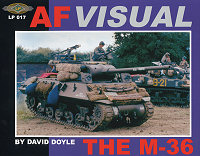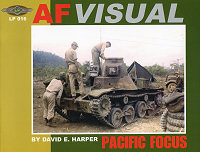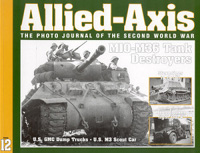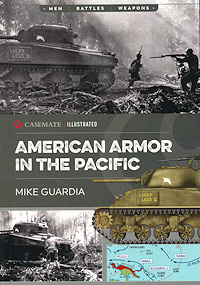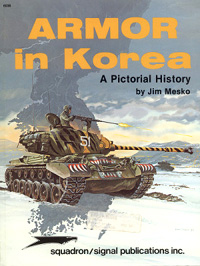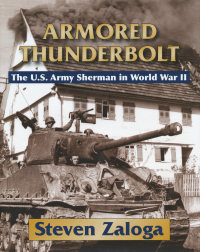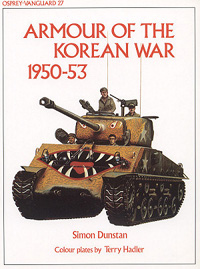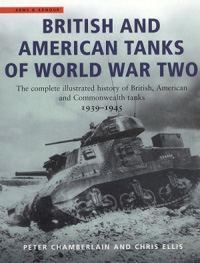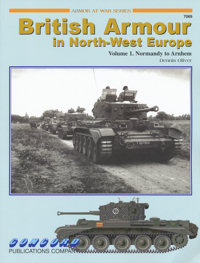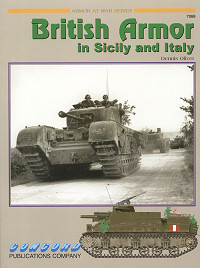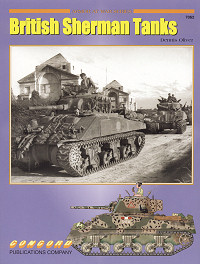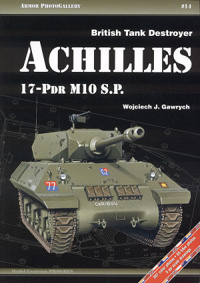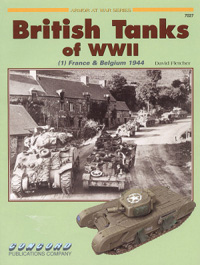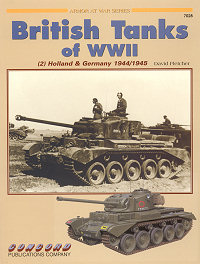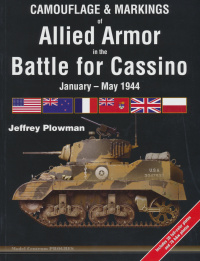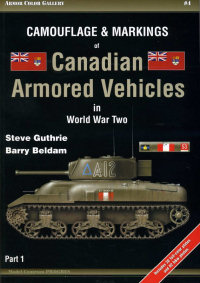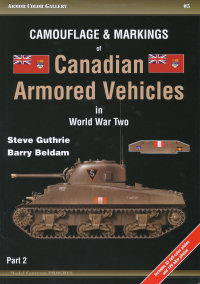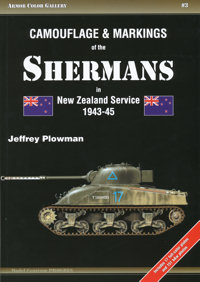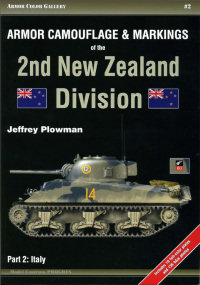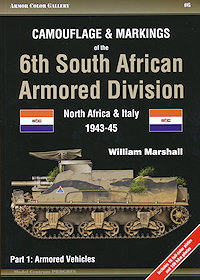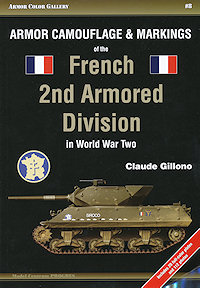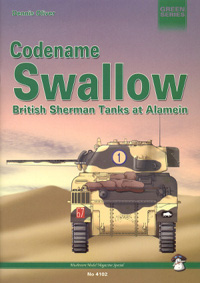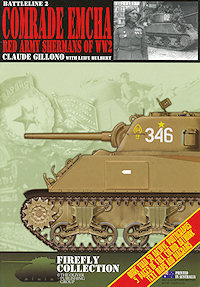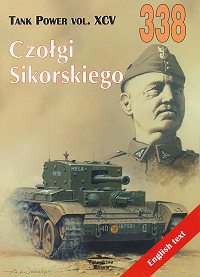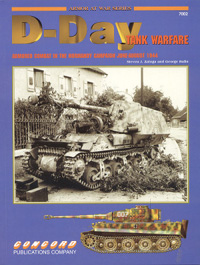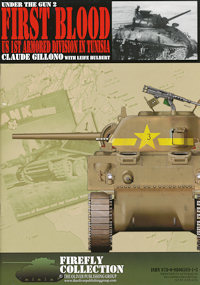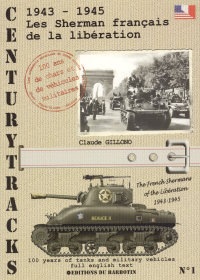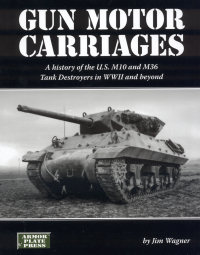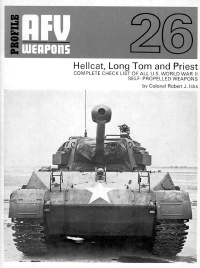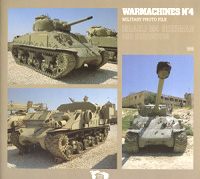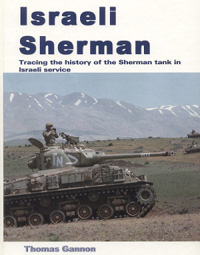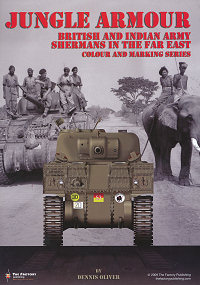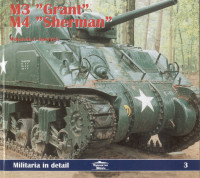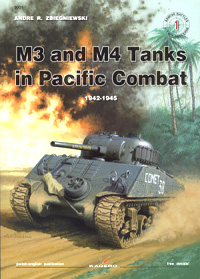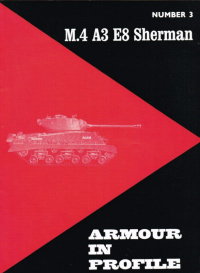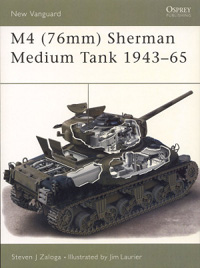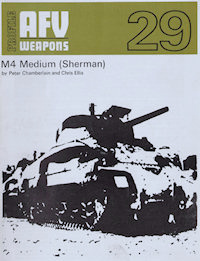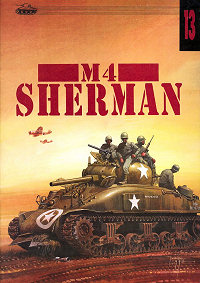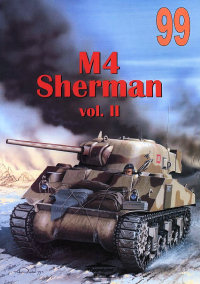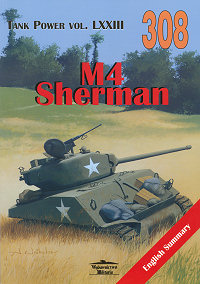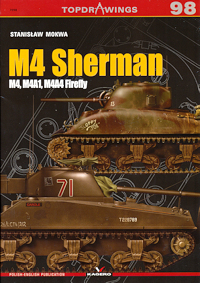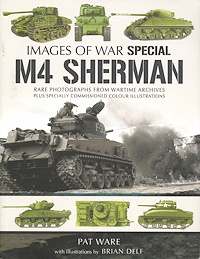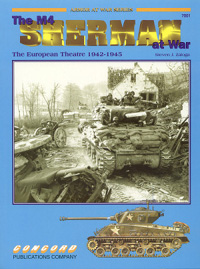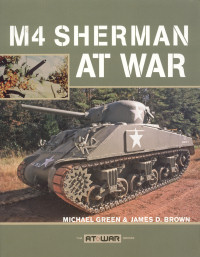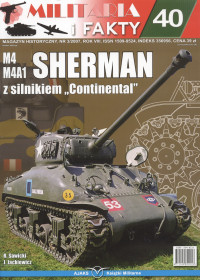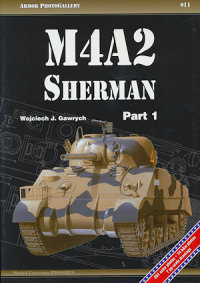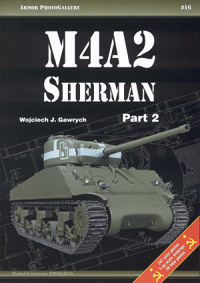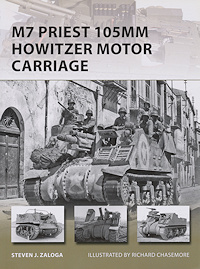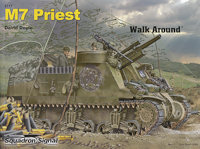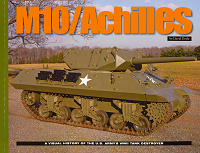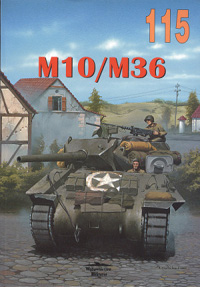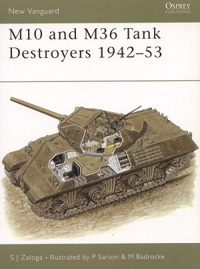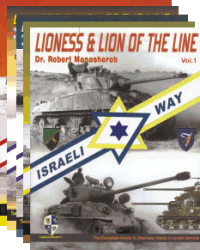 |
This
series of books is independently published by Dr. Robert
Manasherob, an officer in the IDF (Res) and an avid
modeler. They are fairly pricey books, but once you see
the extremely high quality of their production, you'll
know why. Printed on heavy gloss stock, with large,
sharp, color and b&w photos, and beautiful color
profiles, they are really top-of-the-line books. The
format of the books is fairly consistent throughout the
series. The first half of each book is the story specific
to each title (listed below), and is composed of several
pages of text amply illustrated with b&w period
photos, many never before published. Several 1/35th scale
line drawings of the pertinent versions of the Sherman
tanks are also scattered throughout this section.
Following the story is a section of color and b&w
walk-around photos of numerous Israeli Shermans that are
preserved in various museums and private collections from
around the world. The walk-around photos in each volume
cover topics that are specific to that volume, as well as
more general portions of the tanks that are applicable to
most Shermans (for example, Volume 1 includes wheels and
interior shots, Vol. 6 includes engine and suspension
details, and so on). The final section of each volume
covers the colors and markings applicable to each
subject. This section includes several gorgeous color
profiles by Arkadius Wróbel. Although these are
primarily visual books (the text supplements the images,
not the other way around), it should be noted that this
is the most authoritative collection of information on
Israeli Shermans ever published. The author presents much
new information on the development and use of Israeli
Shermans that has not been previously available, and he
also corrects some misinformation that has been prevalent
amongst the modeling community for many years. Each volume is listed below in
chronological sequence of the topics covered, not by
their publication date or volume number. In this manner,
one can read the story of Israeli Shermans in historical
order.
Vol.
5 - The First IDF Sherman Tanks - Covers in detail the first four
Shermans in Israeli service that fought in the War of
Independence: Meir, Tamar, Ruth II and Ada.
Vol.
6 - Early IDF Sherman Tanks - Covers in detail the early 75mm-armed
Shermans that were put into service immediately following
the War of Independence.
Vol.
12 - M1 Sherman Part 1 - Covers in detail the early 76mm-armed
Shermans used between the wars.
Vol.
14 - M1 Super Sherman - Covers in detail the M1 Super Shermans
(M1 w/HVSS) during the Sinai War and late 1950s.
Vol.
1 - The first
book published in the series, it introduces the M50 and
follows the program from conception to around 1958, and
introduces the M51 program.
Vol.
2 - M50 and M51
- Continues the coverage of the M50, and goes further
into the M51 program.
Vol.
3 - M50 and M51 Tanks - Continues the coverage of the M50 and
M51 programs through the early 1960s.
Vol.
10 - M51 Sherman Tanks of the Six Day War, Part 1 - Specific photographic coverage
of the M51 in action during the 1967 Six Day War.
|
